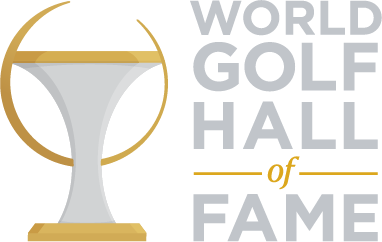By Travis Puterbaugh, Curator
On the third day of the 2005 PGA Championship, Davis Love III found himself in contention to win the second Major Championship of his career. With his sole Major coming eight years prior at the 1997 PGA Championship, he spoke of the challenge of climbing the mountain one more time. He may have just as well been speaking of the plight of Phil Mickelson, who in August 2005, was also chasing after his elusive second Major Championship.
“The second one is just as hard. That is why when you see a guy who has three or four or five of them, he is looked upon a little bit differently than the rest of the players. One major puts you in the club, but it’s just in the club. Four or five of them puts you in superstar status.” – Davis Love III
Following his first win as a PGA TOUR professional in 1993, it took Mickelson more than 10 years to capture his first Major Championship, the 2004 Masters. It conferred validation to a career which at that point had included 22 victories on the TOUR and a TOUR Championship in 2000 but had just fallen short of the transcendent. Someone as talented as Mickelson needed not just one, but multiple Major Championships to take his place among the greats to play the game. Winning a Green Jacket marked the first step, but there was work left to be done.
Mickelson followed up his win in Augusta by nearly completing one of the most historic seasons in the history of golf. Mickelson not only contended in each of the subsequent three Majors in 2004, but had legitimate shots at winning each of them. He finished second at the U.S. Open, third at the Open Championship, and T-6 at the PGA Championship, just two shots back of the winner, Vijay Singh. Just five combined shots in these three Majors separated Mickelson from golf immortality.
Despite three wins on the PGA TOUR early in 2005 – including a dominant stretch in which he won the FBR Open by five strokes and the AT&T Pebble Beach National Pro-Am by four strokes in back-to-back weeks – Mickelson’s April defense of his Green Jacket resulted in a 10th place finish, nine strokes behind eventual winner Tiger Woods. Mickelson finished well out of the hunt in both the U.S. Open and Open Championship, and like Love, he began to realize just how challenging it would be to add his second Major Championship.
While the rest of the TOUR finished out the Buick Open in Milwaukee on Sunday, July 31, Mickelson took a trip to New Jersey to scout the location of the 2005 PGA Championship, which would be played in mid-August at the Baltusrol Golf Club.
The venerable club had played host to seven U.S. Open championships, the four most recent on the Lower Course, including in 1993 when Lee Janzen won the first of his two U.S. Open titles. Mickelson did not play in the U.S. Open that year, so he headed to the club to try and gain any edge he could find on the field by picking the brain of Doug Steffen, the PGA Director of Golf for Baltusrol. Mickelson hung around for two days, learning how to play the Lower Course.
“We spent 10 or 11 hours together on Sunday and Monday,” Mickelson said. “I just tried to pick up some tidbits on some of the greens. How some of the greens break more than it looks.”
To win at Baltusrol, Mickelson also realized, he needed to scale back distance off the tees and focus on finding fairways. Playing Baltusrol the way he played Augusta in 2004 – with a high right-to-left cut shot and the bombs to a minimum – held the key to potentially unlocking that elusive second Major Championship.
His strategy paid off.
At the PGA Championship in 2005, Mickelson hit 32 of 56 fairways (T-37th), hit 50 of 72 greens in regulation (T-8), and significantly, posted an average drive of 276.9, which ranked 75th overall. He stayed out of trouble and avoided posting any numbers worse than bogey the entire week. He played confidently and out front, owning the lead or a share of the lead from start to finish. He held off contenders such as past PGA Championship winners Steve Elkington, Davis Love III, Tiger Woods, defending champion Vijay Singh, and Thomas Bjorn, who posted a third-round 63 to claw his way into contention.
He also earned some “good karma” prior to his second shot on the 18th fairway, when he tapped a plaque with his 3-wood, marking the spot where Jack Nicklaus hit a third-shot 1-iron to the green en route to making birdie and winning the 1967 U.S. Open championship. Mickelson made his own birdie following a clutch chip from the greenside rough to lock up his second Major Championship with a 4-under (276) performance for the week.
“Having the lead after each night just added to the stress and the difficulty and the challenge of it,” Mickelson said, “which is why I think it feels so good right now.”
Already a member of “the club,” Mickelson continued his ascent towards superstar status and the three additional Major Championships (and counting) in his future.

